kunstverein arnsberg
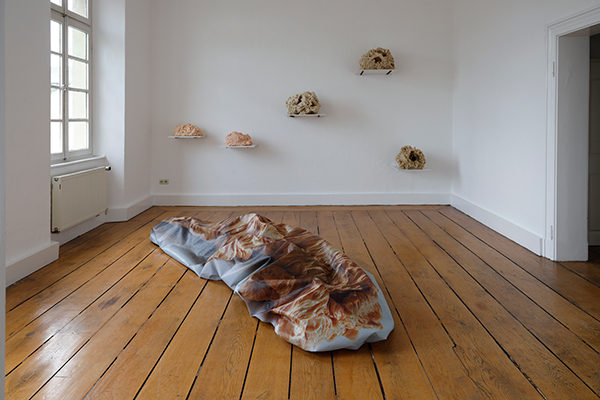
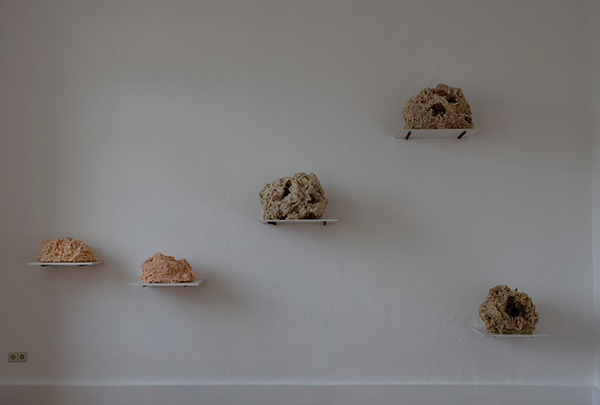

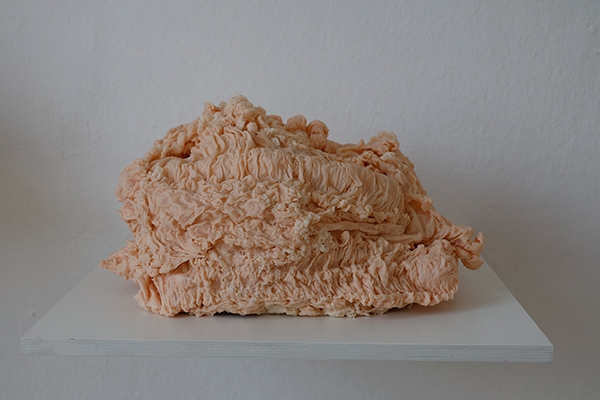
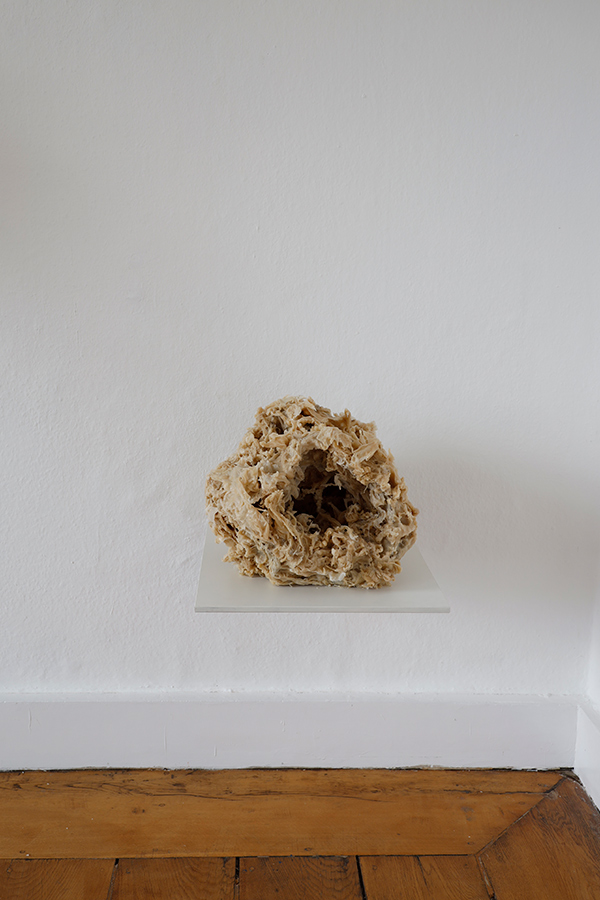
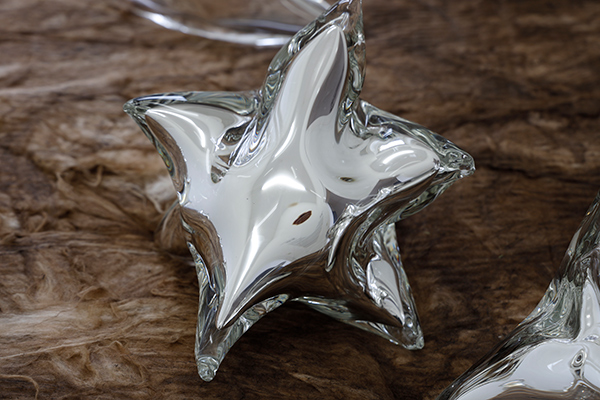
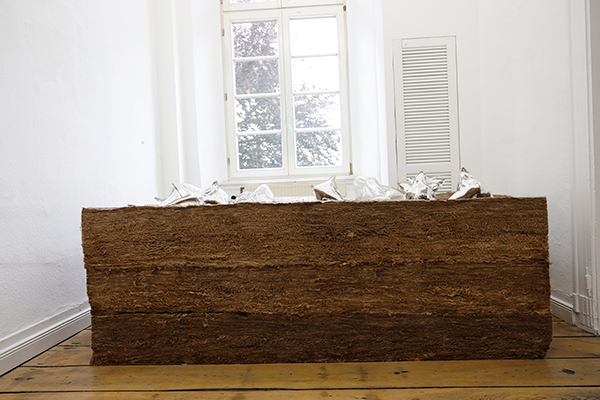
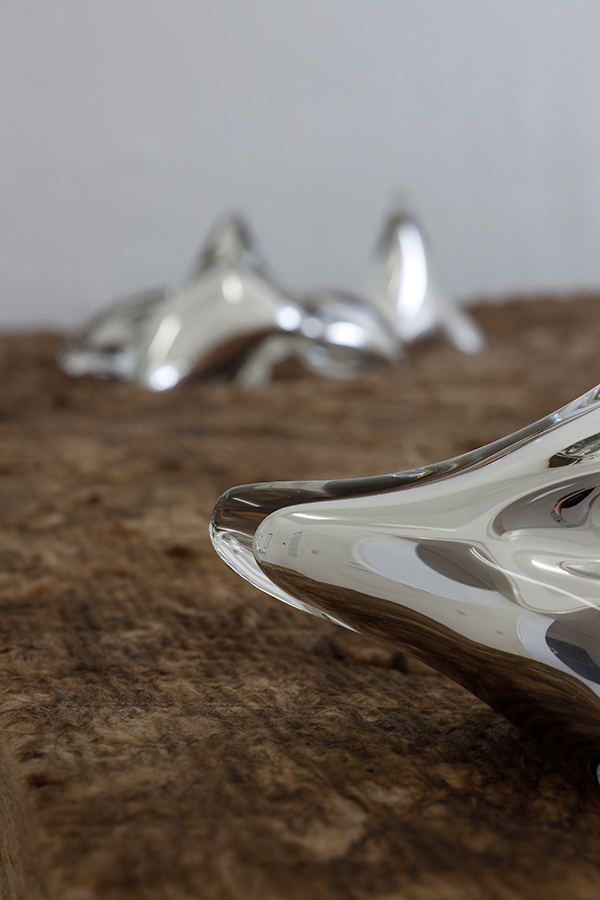



reiner maria matysik entwirft schließlich hypothesen über ganz und gar neue formen des menschseins. seine aus wachs modellierten plastiken der werkserie beyond human (seit 2010) lassen sich als konsequente weiterführung eines heute nahezu unvorstellbaren gedankens verstehen: braucht es den körper, wie wir ihn kennen, um mensch zu sein? indem matysik skulpturen schafft, die auf das körperinnere und organe referieren, und sie sophie, giuseppe, frida, eva oder magdalena tauft, formuliert der künstler auf diese fragestellung ein klares ‚nein‘. allein die beschaffenheit und farbe erinnern an haut und damit an das konventionelle äußere erscheinungsbild des menschen. matysiks künstlerische technik verweist schließlich ebenso wie seine fotografischen nahaufnahmen der skulpturen (close up, 2011) auf bildgebende verfahren aus der medizin: wachsmodelle wurden im 19. jahrhundert unter anderem in der dermatologie genutzt, um krankheitsbilder für die forschung festzuhalten. auch die fotoarbeiten rufen aufnahmen aus dem körperinneren, wie sie beispielsweise bei endoskopien anfertigt werden, in erinnerung. in der ausstellung zeugen darüber hinaus weitere plastiken und zeichnungen von matysiks werkkonvolut – einer umfangreichen sammlung von prototypmodellen hybrider, postevolutionärer lebensformen, die der künstler seit den 1990er jahren entwirft.
kuration: lydia korndörfer
the exhibition after life is shown at the kunstverein arnsberg. it presents works by reiner maria matysik, stephanie dinkins, jon lomberg and ana rajcevic, which can be understood as speculations on the shape and habitat of human and hybrid life forms in the near and distant future.
reiner maria matysik creates hypotheses about entirely new forms of being human. his wax sculptures from the series beyond human (since 2010) can be understood as a consistent continuation of a thought that is almost unimaginable today: does the body as we know it needs to be human? by creating sculptures that refer to the body’s interior and organs and naming them sophie, giuseppe, frida, eva or magdalena, the artist formulates a clear ’no‘ to this question. the texture and color alone are reminiscent of skin and thus of the conventional external appearance of the human being. matysik’s artistic technique, like his photographic close-ups of the sculptures (close up, 2011), refers to medical imaging techniques: in the 19th century, wax models were used in dermatology, among other fields, to record images of illnesses for research. the photographic works also recall images of the inside of the body, such as those taken during endoscopies. the exhibition also features other sculptures and drawings from matysik’s body of work – an extensive collection of prototype models of hybrid, post-evolutionary life forms that the artist has been designing since the 1990s.
curation: lydia korndörfer

